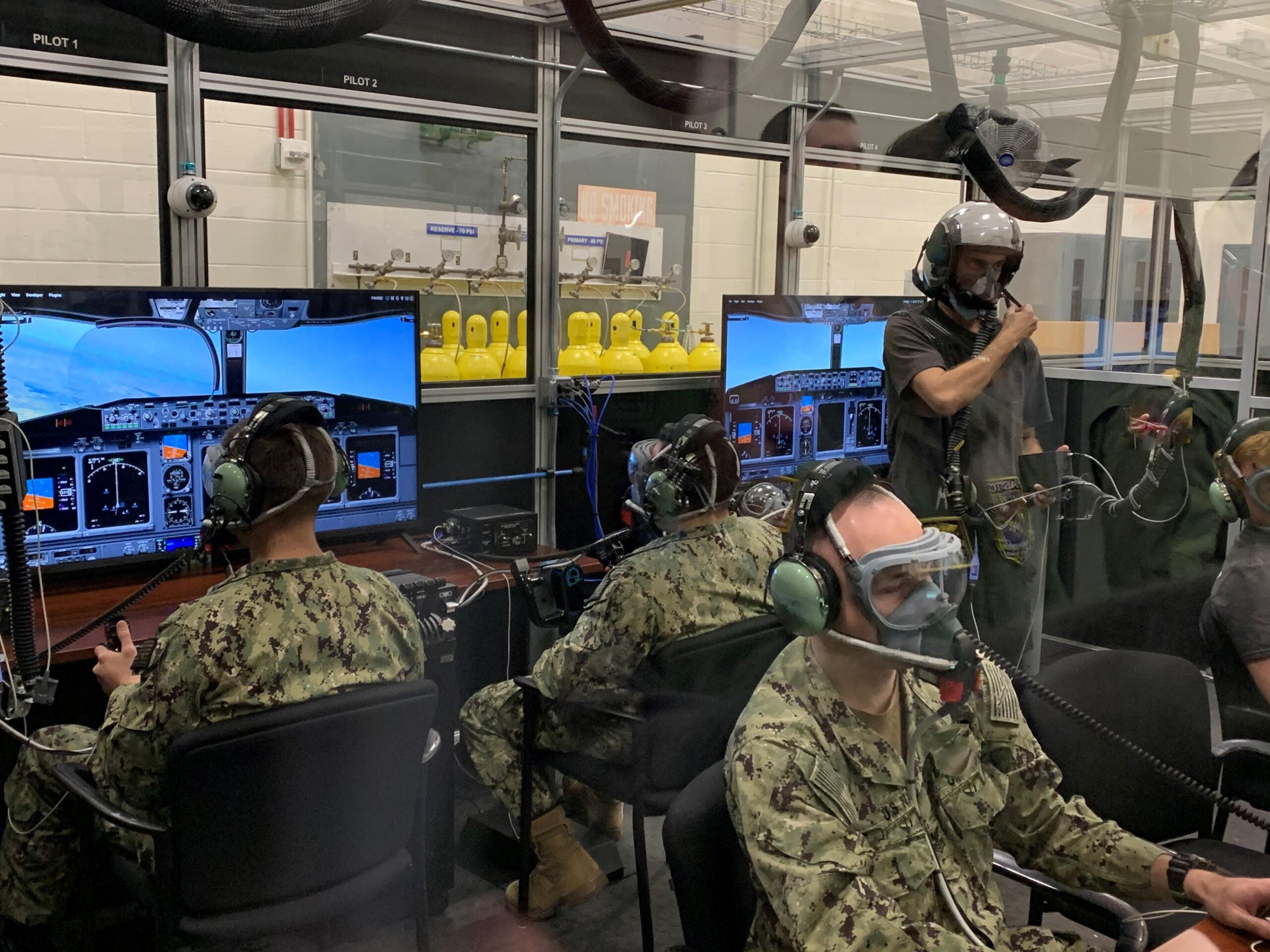
The US Navy has developed a new Normobaric Hypoxia Trainer (NHT) concept that offers enhanced hypoxia training for pilots and naval aircrew.
The trainer has been designed by the NHT team of the Naval Aviation Training Systems and Ranges program office (PMA-205). The NHT team comprised of an expert group of research engineers and scientists.

Discover B2B Marketing That Performs
Combine business intelligence and editorial excellence to reach engaged professionals across 36 leading media platforms.
The team has already handed over and installed the device and is providing support at Naval Air Station (NAS) Patuxent River.
When compared to the legacy Low Pressure Chamber trainer, the NHT concept focused on removing common hypoxia training injuries due to factors, such as decompression and barotrauma sickness.
Naval Aviation Survival Training Program integrated project team lead commander Andy ‘Lurch’ Hayes said: “With the critical and innovative work of our NHT team, we no longer need to worry about barotrauma during cold and sinus season that caused trapped gas pain and injury in our fixed wing non-ejection seat aircrew students at the Aviation Survival Training Centers.
“Inside safety observers no longer need to administer nasal decongestants or perform the invasive Politzer manoeuvre to inflate the middle ear and sinuses by injecting compressed air up one nostril while the other was closed.”

US Tariffs are shifting - will you react or anticipate?
Don’t let policy changes catch you off guard. Stay proactive with real-time data and expert analysis.
By GlobalDataThe team made use of flight simulators and controls to provide realistic feel for the aircrew to practice Emergency Procedures (EP).
The NHT can simulate ‘high altitude flight’ while accommodating a work force of up to 12 personnel.
PMA-205 programme manager captain Lisa Sullivan said: “Gone are the days of patty cake in the chamber to monitor hypoxia symptoms.
“We are fortunate to have the aviation physiology expertise on our team that creatively developed a training system that allows the aircrew to experience hypoxia in a safe environment while conducting aviation operator tasks.”
Earlier this year, PMA-205 flight tested the TCTS II on an F/A-18F Super Hornet.





